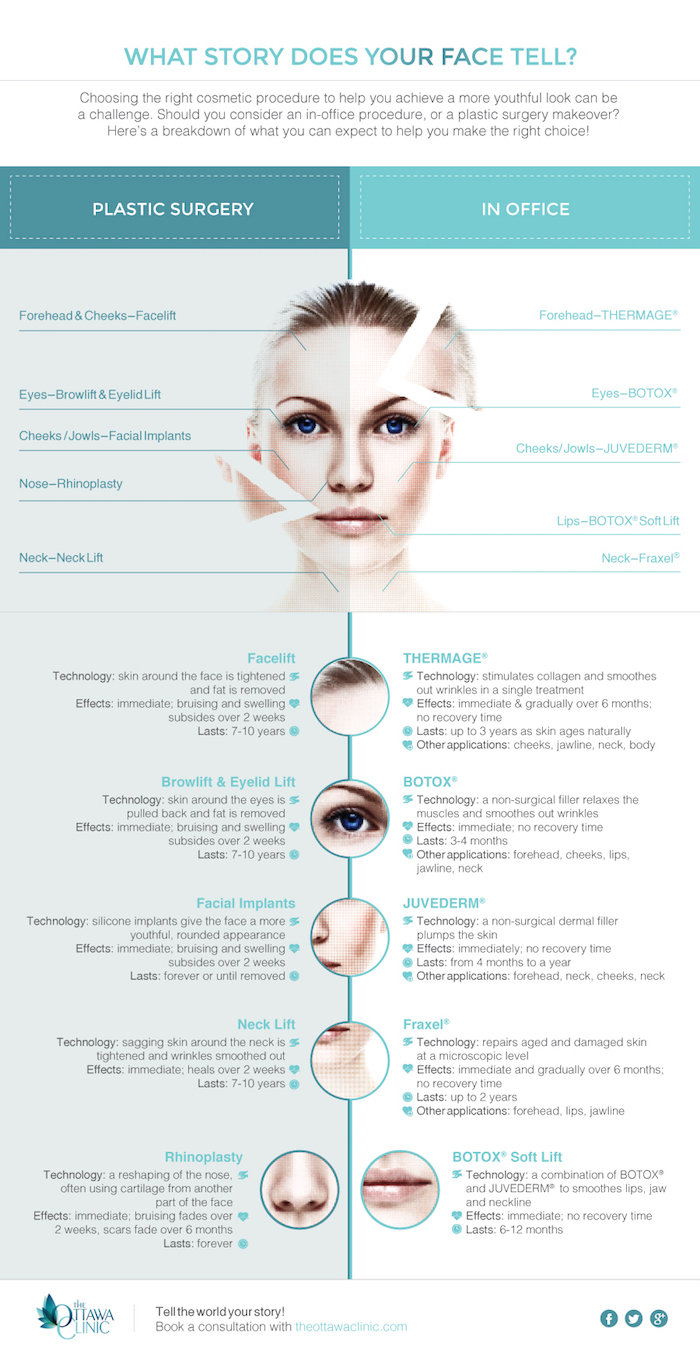What Are Led Masks For Acne
What Are Led Masks For Acne
Blog Article
Acne Treatment - What Are AHAs in Acne Treatment?
AHAs are an essential component for unclogging pore clogs and lightening up acne-prone skin. They function by breaking down dead skin cell build-up to advertise more recent, fresher cells, and stopping future blockages.
Formulating topical AHAs requires careful focus to various essential elements that dramatically influence their efficacy and tolerability. Maintaining the ideal pH variety, in addition to vehicle choice and focus, intensifies their exfoliative features while mitigating potential unfavorable responses.
Glycolic acid
Glycolic acid is recognized for its light yet reliable exfoliating residential properties, which advertise skin's all-natural losing and loosen up the "adhesive" that holds dead cells on the surface of the skin. This helps unclog pores and reduce the appearance of great lines and creases, along with improve overall skin structure and tone.
Interestingly, topical glycolic acid has likewise been revealed to boost the manufacturing of collagen, which is critical in maintaining skin's firmness and flexibility. It is important to keep in mind, nonetheless, that because glycolic acid can stimulate the skin's level of sensitivity to sunshine, it is vital to put on sunscreen when using any products including this active ingredient.
Skin doctors pay mindful focus to the solution of products including AHAs in order to enhance their effectiveness and tolerability. Formulating AHAs with the suitable car, together with pH and focus factors to consider, enables ideal skin penetration while lessening possible damaging responses. This is specifically critical for clients with sensitive skin, because AHAs are known to be mildly irritating.
Lactic acid
Lactic acid is located in several non-prescription skin treatment items and some more powerful specialist peels and therapies. It has the most affordable molecular weight of all the AHAs and has the ability to pass through much deeper right into the skin, where it is a lot more efficient at unclogging pores and exfoliating.
Like glycolic acid, it also stimulates collagen synthesis, which aids lessen great lines and wrinkles and enhance skin texture. Additionally, it has moisture-retention residential or commercial properties, which makes it more suitable for drier skin kinds than various other AHAs.
The substantial body of scientific data substantiating the efficacy of topical AHAs sustains their energy in a variety of dermatological ailments and visual worries. These include detailed skin restoration treatments, attenuation of fine lines and wrinkles, lightening of hyperpigmentation, healing treatment for actinic keratosis, and acne management [2] Optimizing the solution of AHAs by stabilizing pH, concentration, and lorry option even more enhances their healing capacity. These careful factors to consider make it possible for skin specialists to deliver secure and efficient treatments that offer superior professional outcomes.
Mandelic acid
Mandelic acid, derived from almonds, is an additional participant of the AHA family and is a popular active ingredient in products that help deal with acne. Its larger molecular size indicates it permeates the skin more gradually and carefully, which can reduce the potential for irritability. It's also botox much less most likely to trigger soreness and other skin level of sensitivity problems, making it appropriate for delicate skin kinds.
Mandelic Acid is thought to help in reducing inflammation and increase hydration. It works by loosening the bonds in between dead skin cells, allowing them to lose and reveal fresher-looking skin. It additionally helps reduce the look of enlarged pores.
Formulating topical items with AHAs requires an exact balance of vital elements that dramatically affect their efficacy and tolerability. Particularly, the pH of an AHA formulation has actually been shown to play an important role in its capacity to promote peeling and enhance complexion and structure. Attaining this ideal focus is a difficult objective and requires thorough interest to the numerous elements that influence the formulation procedure.
Citric acid
Citric acid, found in citrus fruits such as oranges and lemons, is a moderate AHA. It's less annoying than glycolic or lactic acid, making it preferable for sensitive skin. It additionally has astringent residential or commercial properties, aiding to dry out excess oil.
Like various other AHAs, citric acid can be used in chemical peels and everyday active/maintenance treatments to scrub the skin and promote cell turn over. It can help in reducing the appearance of dark areas and hyperpigmentation, as well as fine face lines.
It can also boost the synthesis of glycosaminoglycans, which play an important function in reinforcing the skin barrier function. This helps to prevent trans-epidermal water loss, and keep optimal hydration levels in the skin [35]
AHAs can be incorporated with soothing components such as ceramides or hyaluronic acid to boost their tolerability. They can be incorporated right into day-to-day active/maintenance skincare with lotion or serum formulas. This permits practitioners to tailor their AHA therapies based upon patient requirements and choices, with the flexibility of selecting from various therapy intensities or focus.